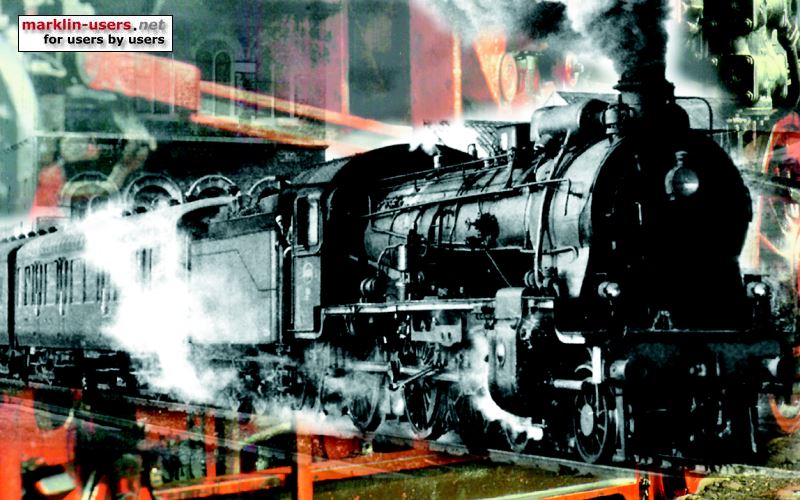
Updated 11.05.2013
Märklin 3016
DB 795 299-7:

Decoder:
Installed at the same place as the original reversing unit. The decoder is installed in the holder 258820.
f0 = front and rear light, three white in the front end, two red in the rear end (red on only if f2 is on)
f1 = interior light (I am not happy with the three 600080 bulbs connected in series. I will later on make some kind of multi LED light)
f2 = rear red light on (if f0 is on)
f4 = acceleration and braking delay off
Motor:
Installation of the motor itself is simple. After removing all the
excisting parts (motor, reversing unit etc.), clean the chassis and make sure
that everything (transmission and wheels etc.) is turning smoothly. It is
advisable to also remove the lamp holder (if lamp conversion is wanted) before
installing the motor from the 60903 (or 60923, mfx) set.
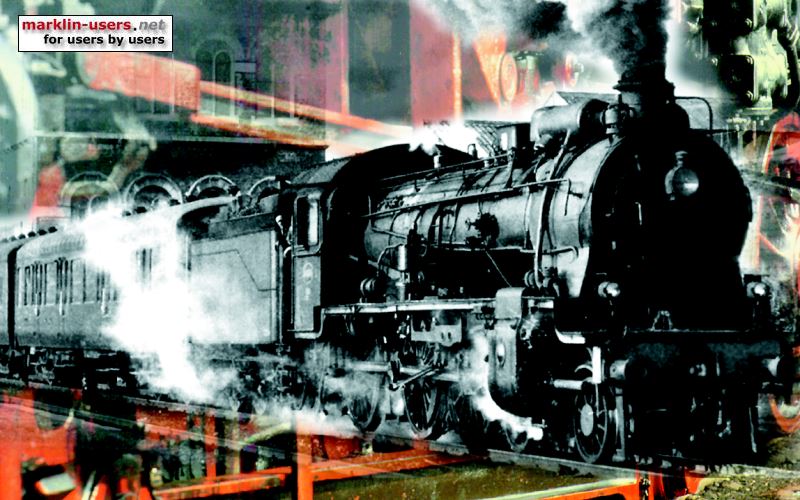
Lamps:
The original lamps in the rail bus was removed. Two small experiment
circuit boards are glued into the correct position. Each board contains two
yellow and two red 3mm LEDs and four resistors to reduce the voltage to approx 2
Volts. Two SIL socket cut to three poles makes a connector for the three
wires leading to the upper front light. The dropping resistor for the
upper LEDs are soldered directly to the connector glued to the chassis.
The red LEDs are actually sending their light through the yellow ones. The
yellow ones are lined up directly behind the lamp lenses in the rail bus' body.
As the LEDs do not generate any heat, the yellow ones glued behind the upper lamps are covered with black insulation tape, not to emit any light into the driver's cabin. The driver's cabin are made of thick black paper.
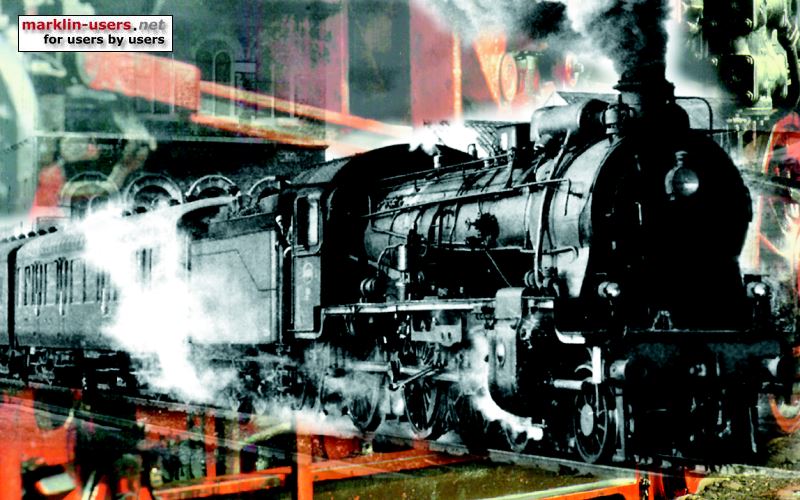
As the rear red light should be off when the trailer 4018 is connected, I had to make a device to switch the red light on and off while the front lamps are on. I asked about this in the marklin-users.net. A forum member gave a good explanation about how to make this function with two opto couplers.
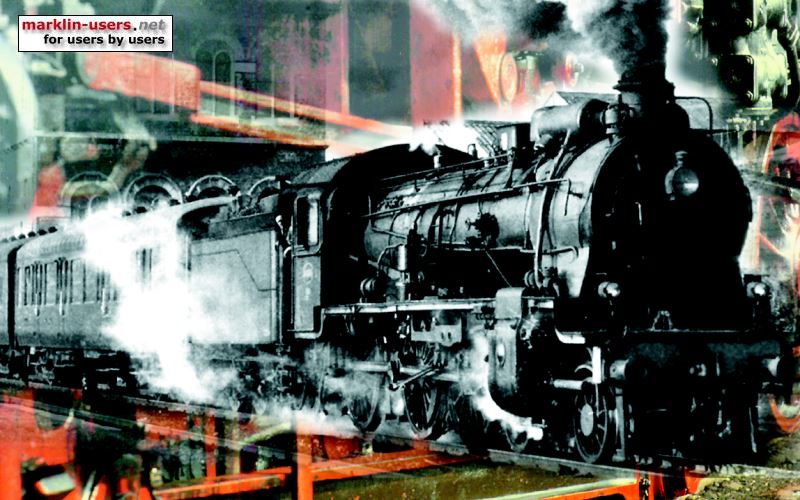
The photo is from the first experiment. The required part of the circuit board was cut out and installed in front of the decoder.
The opto coupler works like this: Inside the small black house there are two components; an LED (often infrared) and a light sensitive transistor. When the LED is on, the transistor conduct current form it's input (collector) to the output (emitter).
In this case, two opto couplers are required, on for each end of the rail bus. The f2 output (brown/green wire) is connected to both the LED cathode side via two 1.500 ohm resistors, the anodes are connected to the common "+" from the decoder (orange wire). When f2 is on, the invisible LEDs are on. The light output from f0 (grey wire in forward direction, yellow in reveres direction) is connected to one coupler's transistor input each. The outputs (brown/yellow and brown/white wires) are connected to the red LEDs dropping resistors.
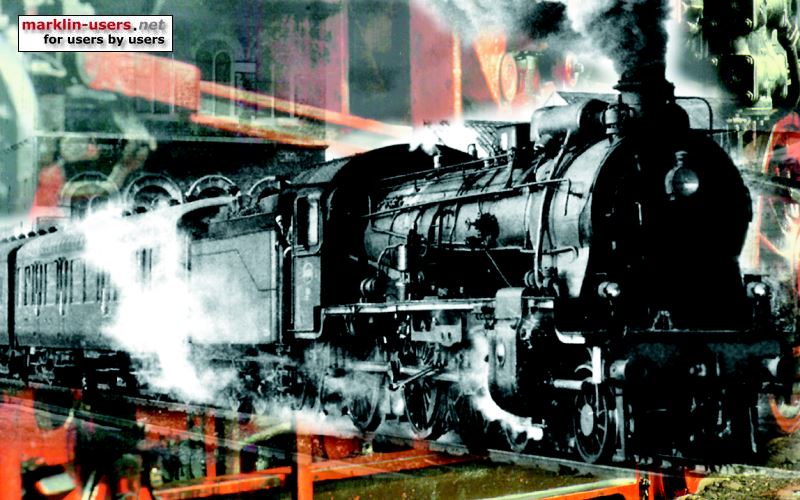
The final result. Actually, the red LEDs are "more red" in reality than in the picture.
The wiring diagram for the conversion:
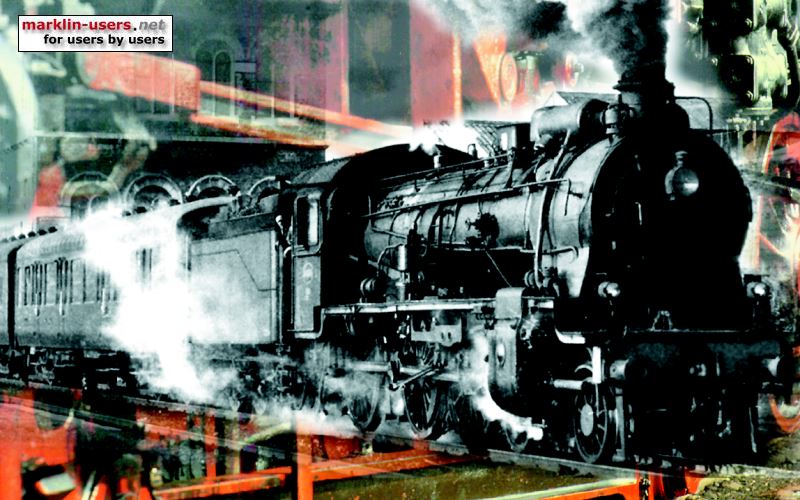
The jumpers J1 and J2 are installed under the opto couplers. The interior
light is not finalized yet.
The functions:
| function | 3016 | 4018 |
|---|---|---|
| f0-f | 3 front lights + 2 red rear lights (if f2 on) | 2 red rear lights and interior light |
| f0-r | 3 front lights + 2 red rear lights (if f2 on) | 2 red rear lights and interior light |
| f1 | Interior light | - |
| f2 | Rear red lamps on (if f1 on) | - |
| f3 | - | - |
| f4 | acceleration and braking delay off | - |